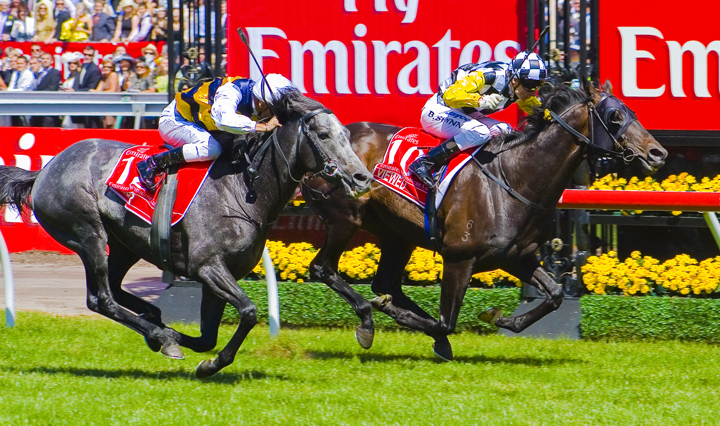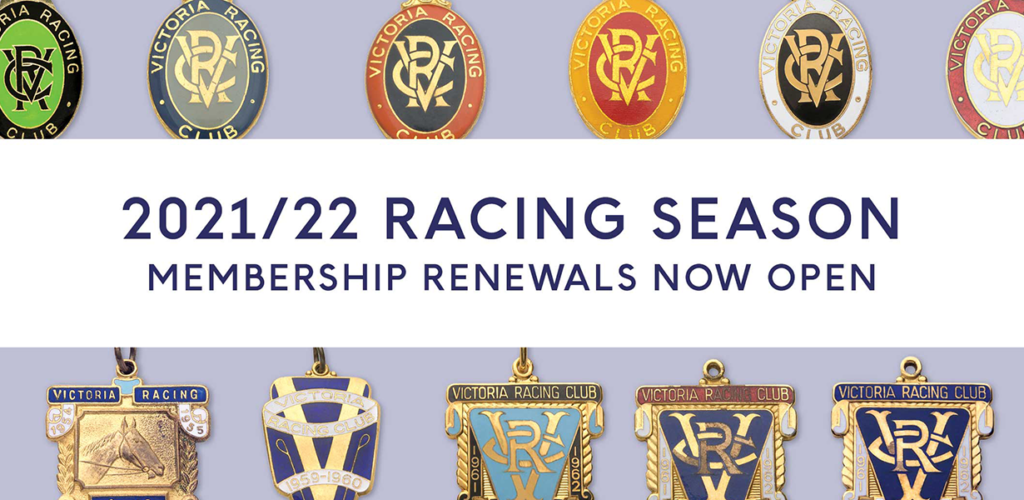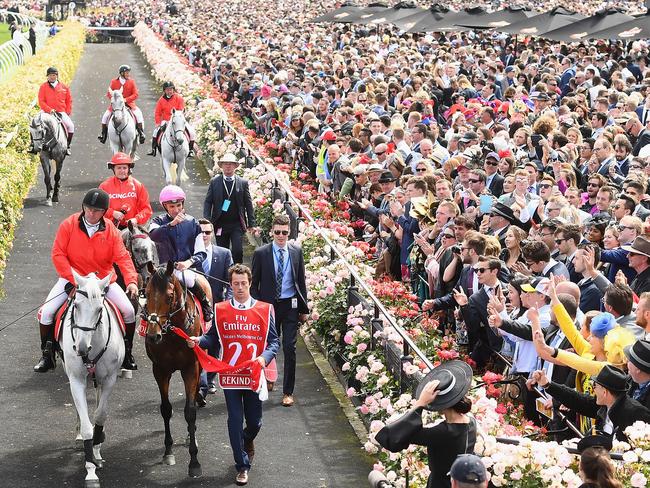
I often get asked about where to start on improving an existing rewards program and the Victorian Racing Club (VRC) is a notable example of how to do this.
As a pioneer in this space, Flemington’s original VRC Racing Rewards program was first introduced in 2001. It was Australia’s first sports industry loyalty program designed to increase visits by recognising and rewarding frequently attending members.
In 2016, the VRC re-launched their new look rewards program, which again, made them the first racing club in Australia to introduce a truly data-driven loyalty program for their members.
Key changes for success
The world was a vastly different place in 2016, to what it was in 2001, especially in the loyalty space. The VRC realised that they needed to stay ahead of their competition, and they achieved this by re-launching their reward program and focusing on three key areas for success.
1. Having a better understanding of the customer
The days of “traditional punters (40–75-year-old men)” being the only ones on course had well and truly changed over the decades. Through the creation of Spring Carnival and Family Days, the shift in demographics of 18–35-year-olds and young families attending the course and becoming members had exploded.
The VRC couldn’t just reward members based on attendance as previously done, as no two consumers attending the track were the same. The VRC recognised that they needed a better understanding of individual preferences so that they could tailor experiences and provide a truly unique offering.
It was this simple, yet powerful decision to make this customer-centric that ultimately led to the success of this reward program. This was achieved through Data Driven decisions and Technology.
2. Data Driven
Historically, VRC’s loyalty program focused on rewarding just attendance, which unfortunately didn’t reflect purchasing behaviour and what members truly valued.
The new-look program introduced a tier-based system and rewarded spend as a key driver for earning points. Whenever a member transacted either before or during a race day, they earnt rewards, and they were also recognised for attendance and tenure. Through this spend and points model, members were placed into one of the following tiers: Bronze, Silver, Gold or Platinum.
The data placed members in categories based on demographics, purchasing habits, tenure, and race day attendance, ensuring communications between the Club and its members was relevant and rewards were achievable.

3. Technology
It is one thing to have data available, and another thing to know how to use and benefit from it. The VRC invested in a loyalty platform that fully integrated with internal systems and digital assets to provide a seamless customer experience.
In conjunction with this, the VRC went through significant systems upgrade of its point-of-sale, CRM and HR systems, and installed a high-density Wi-Fi network on the course. A vital step was to ensure the loyalty platform was integrated with all these systems to track and capture member activity.
How this rewards program worked for me and others
For me personally, this points and tier-based system definitively got me down to the track for even a few races, just so that I could scan in and earn points, to maintain my tier status, utilising the endowed progress effect and goal gradient effect.
As well as earning points to spend in the rewards store, the tiers offered aspirational privileges including complimentary guest passes, priority bookings, access to prize draws and exclusive event invitations.
Furthermore, if you attended all the race meetings for the season, which is normally 10-12, you would receive an invitation to the Committee Room. The Committee Room is one of the most prestigious areas within the course to have lunch.
This program created a sense of Social Identity Theory, where members connected with the brand in much the same way they connect with their social class, sporting team and friendship groups, and felt better about themselves by increasing their self-esteem.

Conclusion
Although this program was launched back in 2016, there is no doubt that the three key components, knowing your customer, being data driven and having the right technology is still very important today.
Unfortunately, this blog does not have a happy ending, as this program finished up several years ago during Covid and has not been replaced with anything meaningful. There are one-off rewards for paying your membership early and member discounts on certain days, but none of these truly change the behaviour of a member, which is the holy grail of a loyalty program.
My recommendation to the VRC is to take the learning from the Racing Rewards program and aim to replicate this in a new program, even if you do not have the budget that you previously did prior to Covid.
For other businesses, I would recommend a health check on your existing program as a first step to see where things are at and what is achievable. This is an area that Loyalty & Reward Co specialise in, so feel free to reach out for an initial chat.

